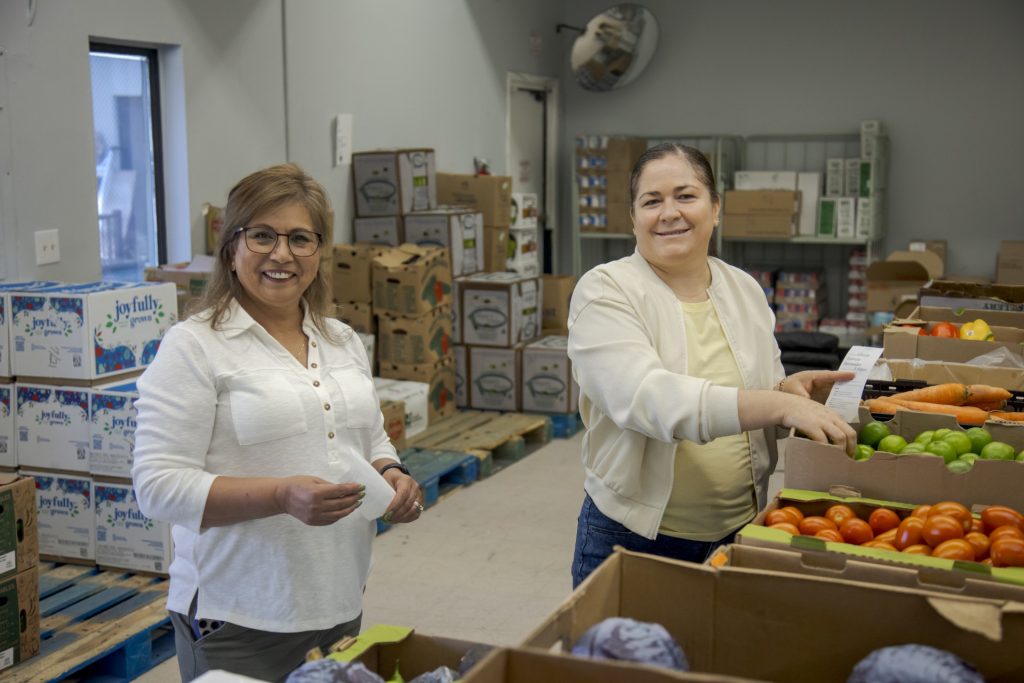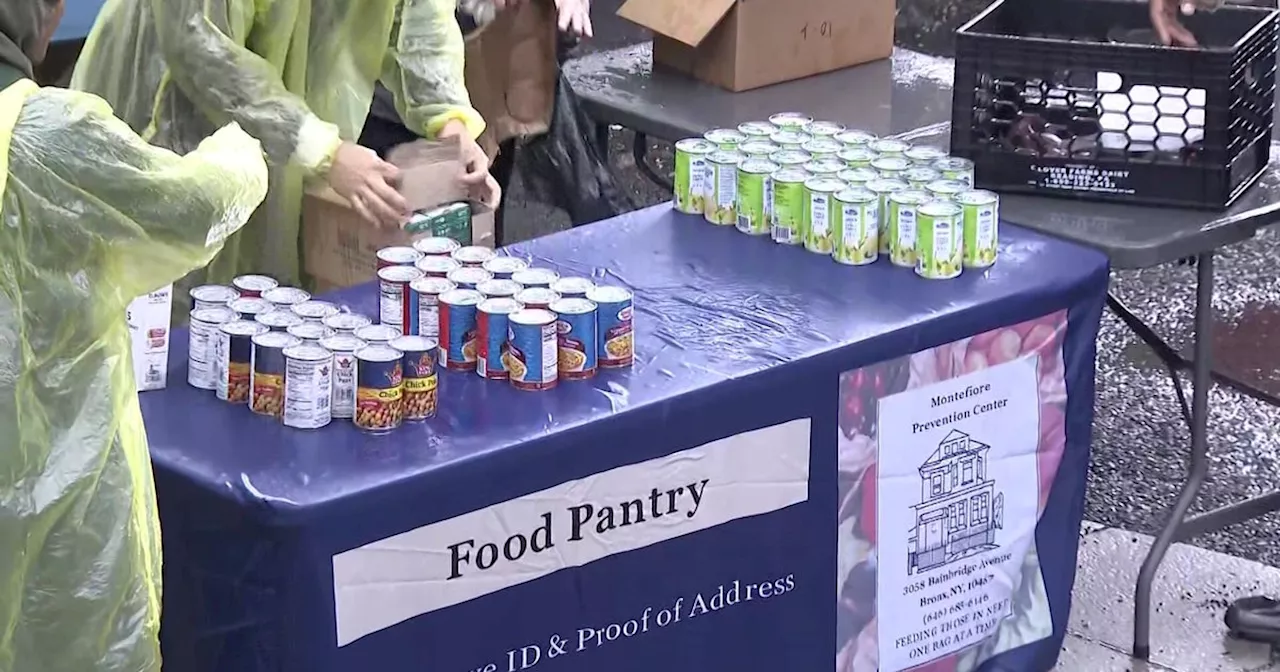UPDATE: Colorado food banks are on high alert as demand is expected to surge following the suspension of SNAP benefits, impacting over 600,000 residents. With the federal government shutdown preventing the release of crucial funding, many families are facing a dire food crisis just as the month begins.
Food assistance programs across the state have reported a significant increase in requests for help, with many residents already struggling as of late October. The U.S. Department of Agriculture has yet to provide states with the necessary funds to distribute SNAP benefits, leaving Coloradans in a precarious situation.
On October 31, just before the benefits were set to be halted, two federal judges ordered the Trump administration to utilize emergency funds to continue SNAP payments during the shutdown. However, these funds will only cover partial benefits, meaning many of the 42 million nationwide SNAP recipients may receive only half of their usual monthly aid.
In a press briefing, White House press secretary Karoline Leavitt confirmed compliance with the court order, but warned that it could take time for affected individuals to see any financial relief. As a result, Colorado’s SNAP recipients, including a substantial number of children, are starting November without the usual support.
In multiple counties, including Garfield, Eagle, and Pitkin, local authorities notified residents via emails and texts that their benefits would be suspended. “We have about 6,000 people impacted in our region, with 50% being children,” said Namrata Shrestha, a health access consultant.
In response, the Joint Budget Committee approved an emergency $10 million aid package for food banks, which will be distributed through Feeding Colorado. “The distribution will correspond to the amount of SNAP benefits lost in each community we serve,” explained Amber Hennings from Food Bank of the Rockies.
The urgency is palpable as food banks prepare for an unprecedented influx of visitors. Over the past week, visits to Food Bank of the Rockies’ website increased by 50% as residents seek food resources. “The demand has been growing steadily,” Hennings noted.
Meanwhile, organizations like LIFT-UP and Harvest for Hunger are bracing for increased demand but are facing a decline in donations. “We’re seeing an inverted relationship; as demand rises, donations fall,” said Elyse Hottel, interim executive director of LIFT-UP.
In Colorado’s mountain towns, where food insecurity exceeds SNAP eligibility, many residents find themselves in a bind. A survey revealed that a significant portion of food-insecure individuals earn too much to qualify for federal assistance, leaving them reliant on food banks. “Around 41% of food-insecure residents can’t access SNAP benefits,” according to a 2024 Colorado State University report.
As the month progresses, food banks expect to see a marked rise in visitors. “We anticipate around 4,500 additional people seeking assistance at our pantries,” Hottel projected. Previous events, such as the end of COVID-19 emergency SNAP allotments, resulted in a 28% increase in food pantry visits.
Residents are urged to continue applying for SNAP benefits despite the funding lapse. “We are processing applications as usual, and benefits will be backdated once federal funding is restored,” emphasized Sharon Longhurst-Pritt, Garfield County Human Services Director.
Those relying on the Women, Infants, and Children (WIC) program will still receive benefits for November due to state funding approval. For many, the situation remains precarious as winter approaches, intensifying the food access crisis.
With the demand projected to increase, local food banks are calling for immediate community support. “We need funds, friends, and food,” Hottel stated. Volunteers and donations are crucial as organizations struggle to meet the urgent needs of Colorado’s most vulnerable populations.
For those seeking assistance, Feeding Colorado and 211 Colorado are available resources to help navigate food support options. The situation remains fluid, and the need for immediate action has never been more pressing as families face the harsh realities of food insecurity in Colorado.







